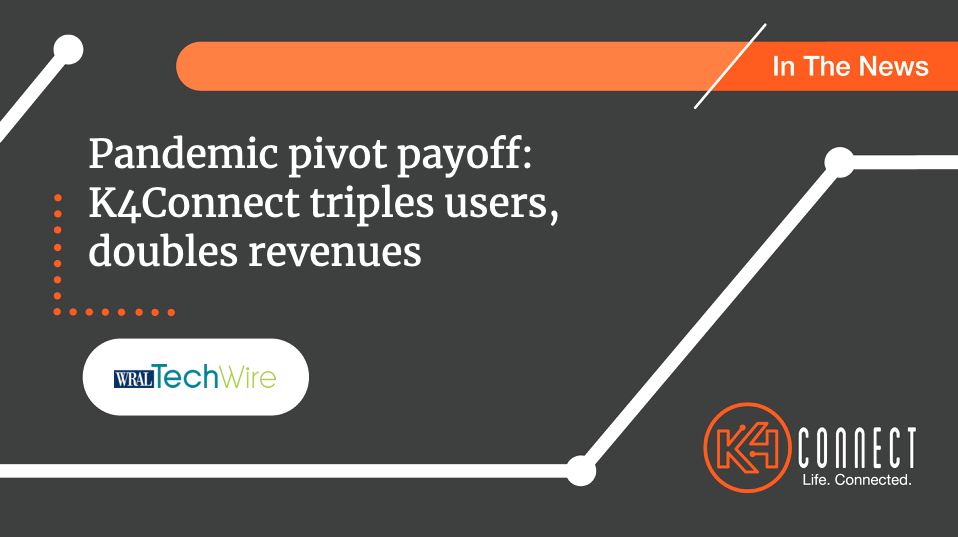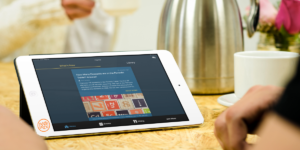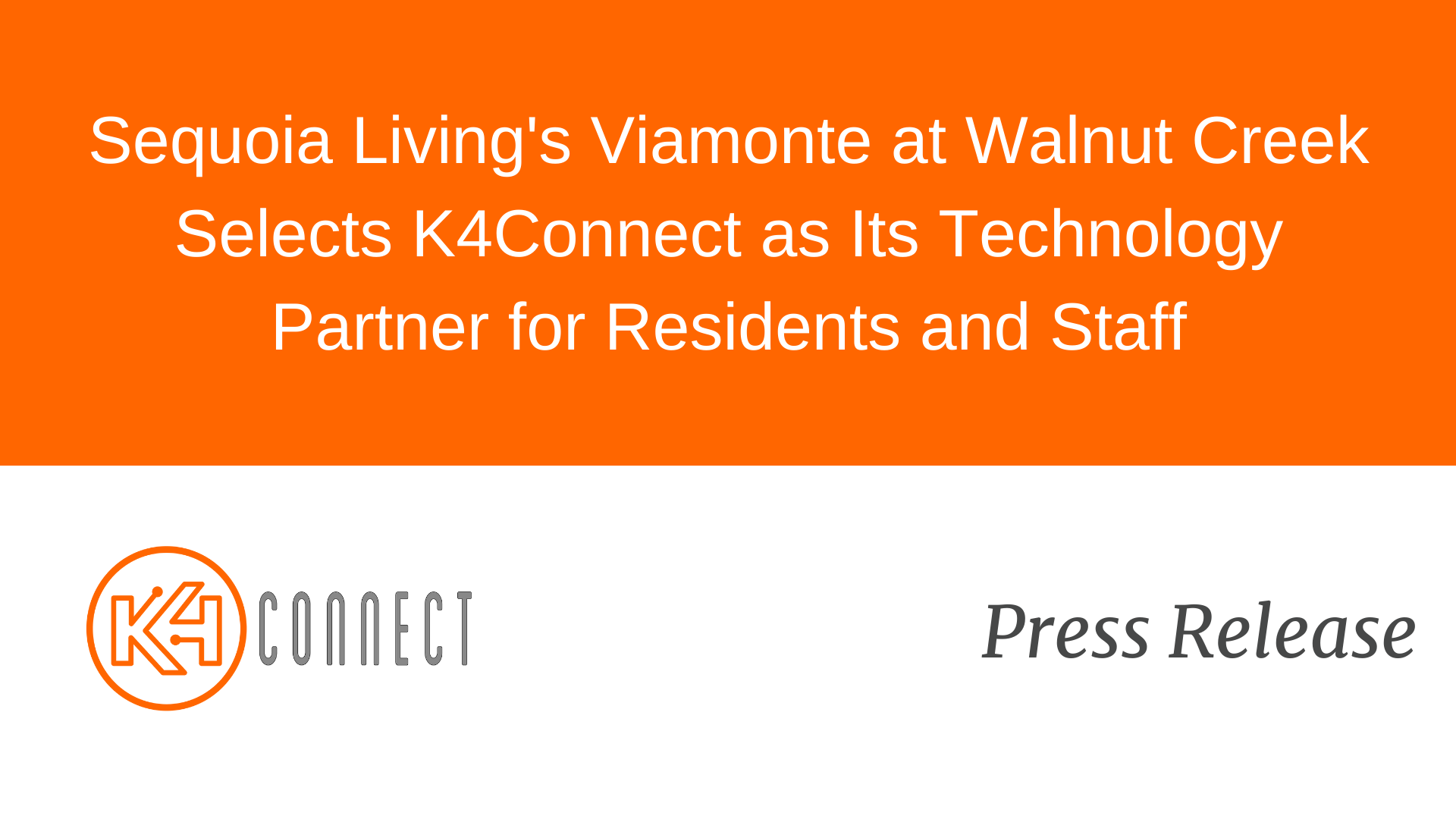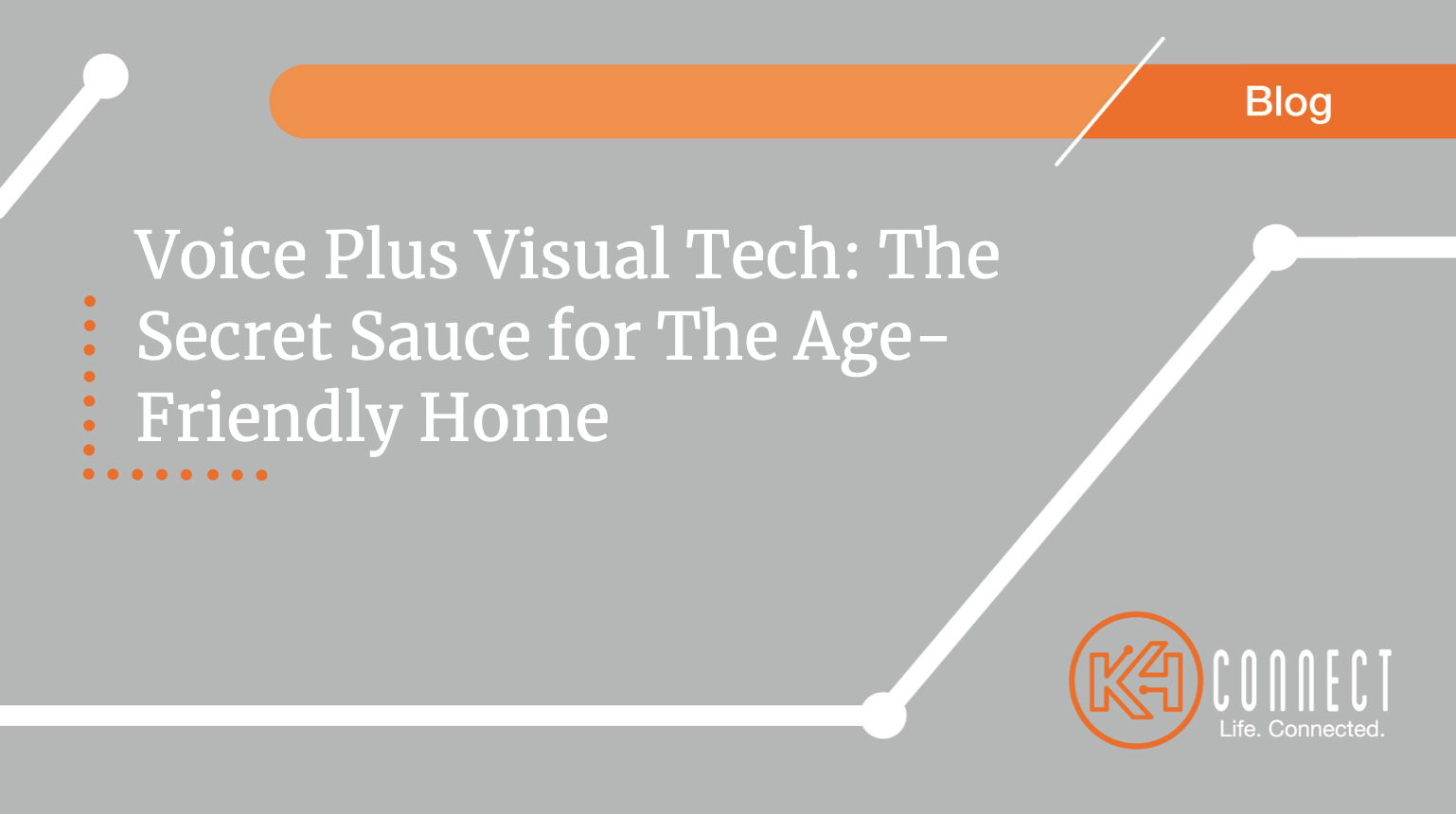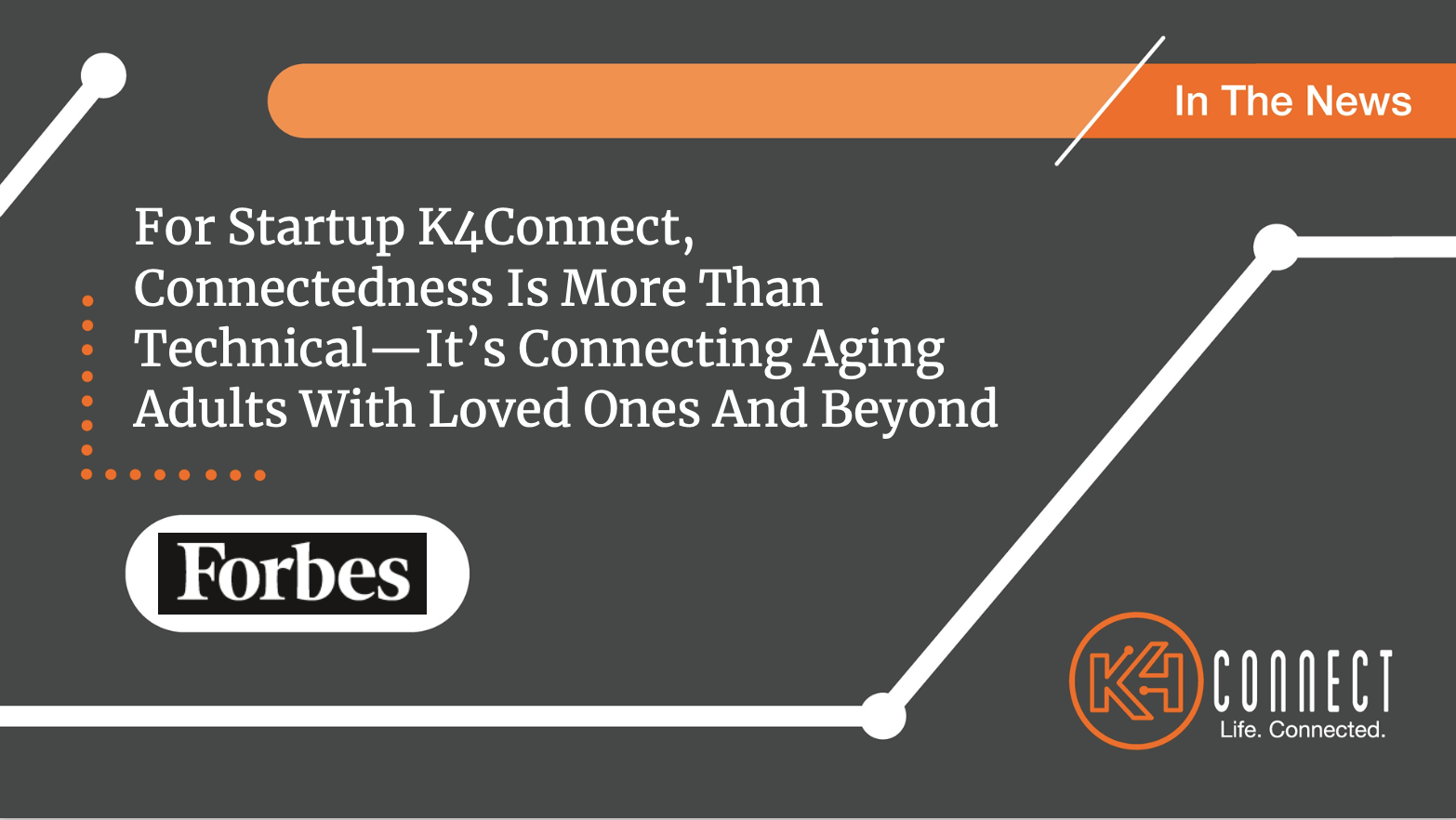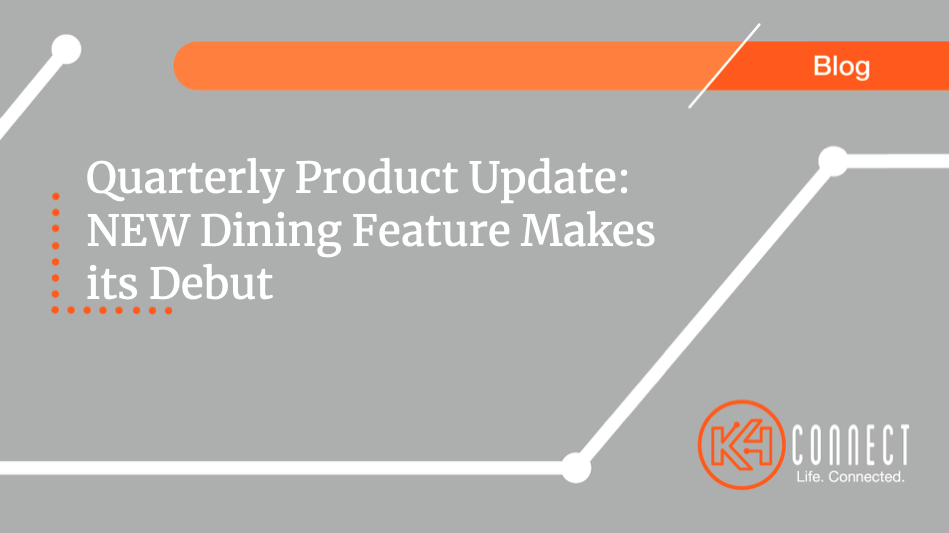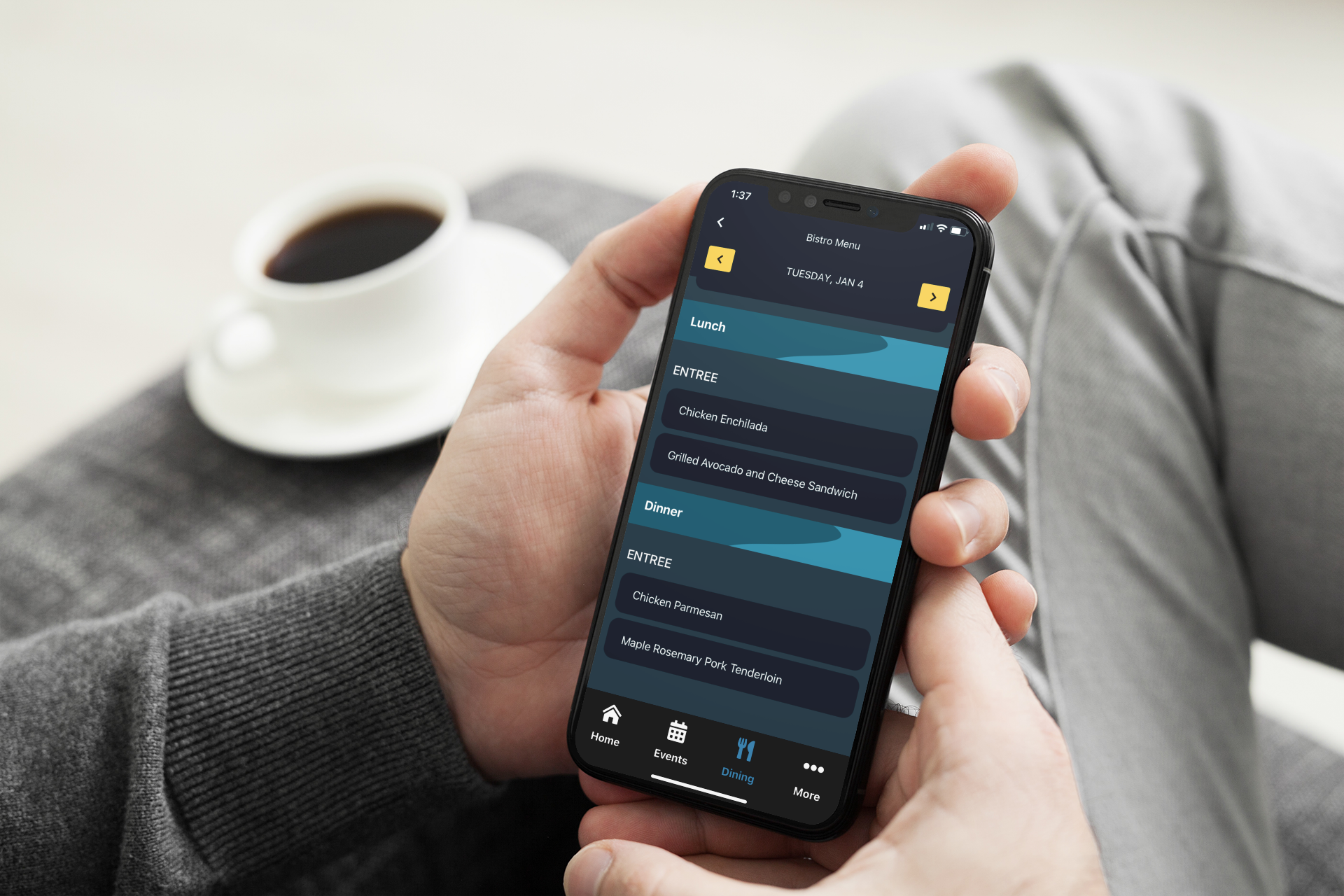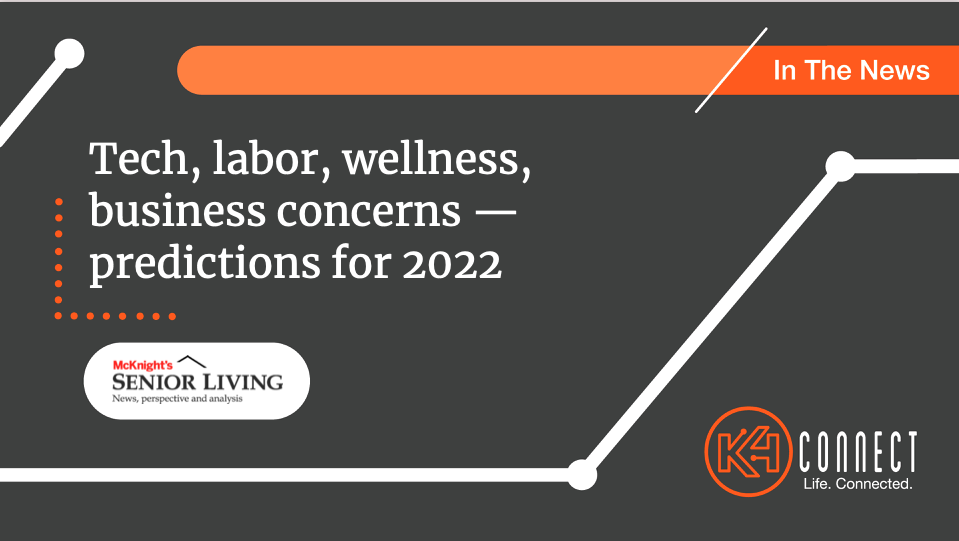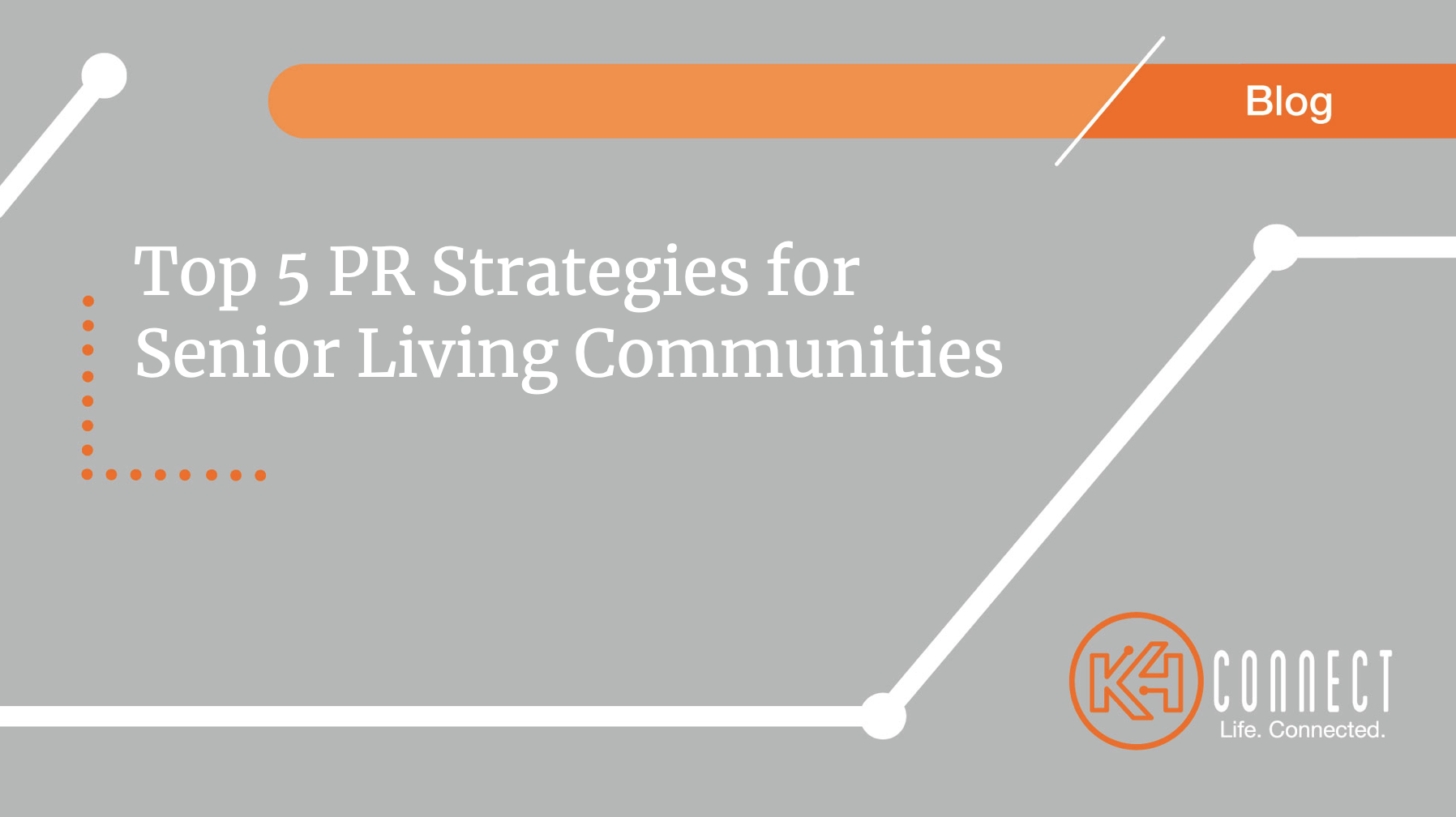K4Connect expands in Florida, integrating best-in-class technologies to deliver holistic care and hospitality excellence for older adults
RALEIGH, N.C., March 15, 2022 – Today, K4Connect, a mission-driven healthtech company integrating the best in technology to serve and empower older adults and individuals living with disabilities, announced its expansion in the Southeast through a technology partnership with Cypress Living, the architect of innovative senior living solutions in Southwest Florida. The partnership brings senior living’s most advanced solution, K4Community, to more than 600 Cypress Cove residents, community staff and caregivers. The community is implementing K4Community as part of its evolving digital strategy to drive enhanced, proactive resident care with data-driven tooling and services. 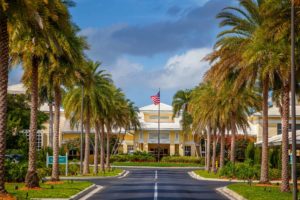
From in-home service that allows older adults to thrive while aging in place (Cypress at Home) to a flagship independent senior living community (Cypress Cove), the Cypress family of companies is Southwest Florida’s leading innovator of programs, services and residential developments that ensure the health and wellbeing of older adults. “We’ve long seen the value in providing meaningful technologies to our residents and staff. Working with K4Connect is a significant step forward for us as we create a world-class digital experience for our residents, family members and future residents,” said Joe Velderman, Vice President of Innovation, Cypress Living. “K4Community will be the ‘digital front door’ for our residents to interact with their homes, our community, their loved ones and each other.”
K4Community will be integrated throughout the entire community, giving Cypress Cove residents access to a myriad of technologies that empower their independence and elevate daily living, while community staff benefit from enterprise tooling that expands operational efficiencies and enhances care.
- More communications, better connections – a resident mobile app and Amazon Alexa voice devices that provide instant access to information (daily dining, activities and announcements) and secure communications (video chat, messaging and calling).
- Safer, accessible home environments – smart home automation – such as lighting and temperature – creates both a luxury environment and safer homes for residents with K4Connect’s award-winning automated Resident Check-in daily well-check system.
- Premium amenities and experiences – residents can curate a personalized at-home experience by customizing living preferences, such as arriving at an already illuminated home, access to hundreds of virtual content experiences at any time, or having Alexa recite your personal schedule in an instant.
- Operations optimization – enterprise-level tooling for staff saves teams critical time and resources by reducing operations redundancies and creating a connected workplace.
- Holistic resident care – teams can use data to better inform resident care with insights into dining, fitness and wellness activities, in-home safety, and more.
At the core of K4Community is the company’s underlying patented FusionOS technology, senior living’s first and only operating system that integrates disparate devices, technologies and services – whether dozens or hundreds – into a single comprehensive system. At the same time, FusionOS is delivering data-driven insights and reporting for the community on resident tech usage, behavioral trends and in-home safety enabling more informed care and services.
“Cypress Living is truly an innovative organization that is bridging the gap between technology and older adults – a mission we both passionately share and one that has never been more important than right now,” said Scott Moody, CEO and Co-Founder, K4Connect. “We’re thrilled to bring our solutions to Cypress Cove to empower their residents through technology to live healthier and fulfilling lives.”
K4Connect is a leading provider of enterprise technologies being used by tens of thousands of residents and staff teams across the nation. For more information about K4Community, visit www.K4Connect.com.
About K4Connect
K4Connect is a mission-driven healthtech company that integrates the best in technology to serve and empower older adults and individuals living with disabilities, together with the people, communities and organizations that also serve them. We believe meaningful technologies have the power to make the lives of older adults simpler, healthier and happier. Our leading solution for senior living, K4Community, is an ecosystem of smart products and features that help residents live more independently while streamlining staff workflows and driving operational efficiencies for operators. The entire K4Community experience is powered by our patented FusionOS operating system, enabling all of our community partners to finally unlock the value of enterprise data.
Based in Raleigh, N.C., K4Connect is currently serving thousands of senior living residents and staff at continuing care, independent living and assisted living communities across the nation.
About Cypress Living
Backed by a mission to continually empower those we serve, Cypress Living is the area’s leading innovator of programs and services that ensure the health and wellbeing of older adults throughout Southwest Florida. Cypress Living manages Cypress at Home, a comprehensive suite of in-home services that allow older adults to maintain independence and age successfully and safely in their own home. Cypress Cove is the flagship Cypress Living luxury retirement community with unmatched amenities and fine dining, as well as a full complement of quality living options, including maintenance-free independent living in villas and apartments, assisted living, skilled nursing, memory care, rehabilitative care, and home health.
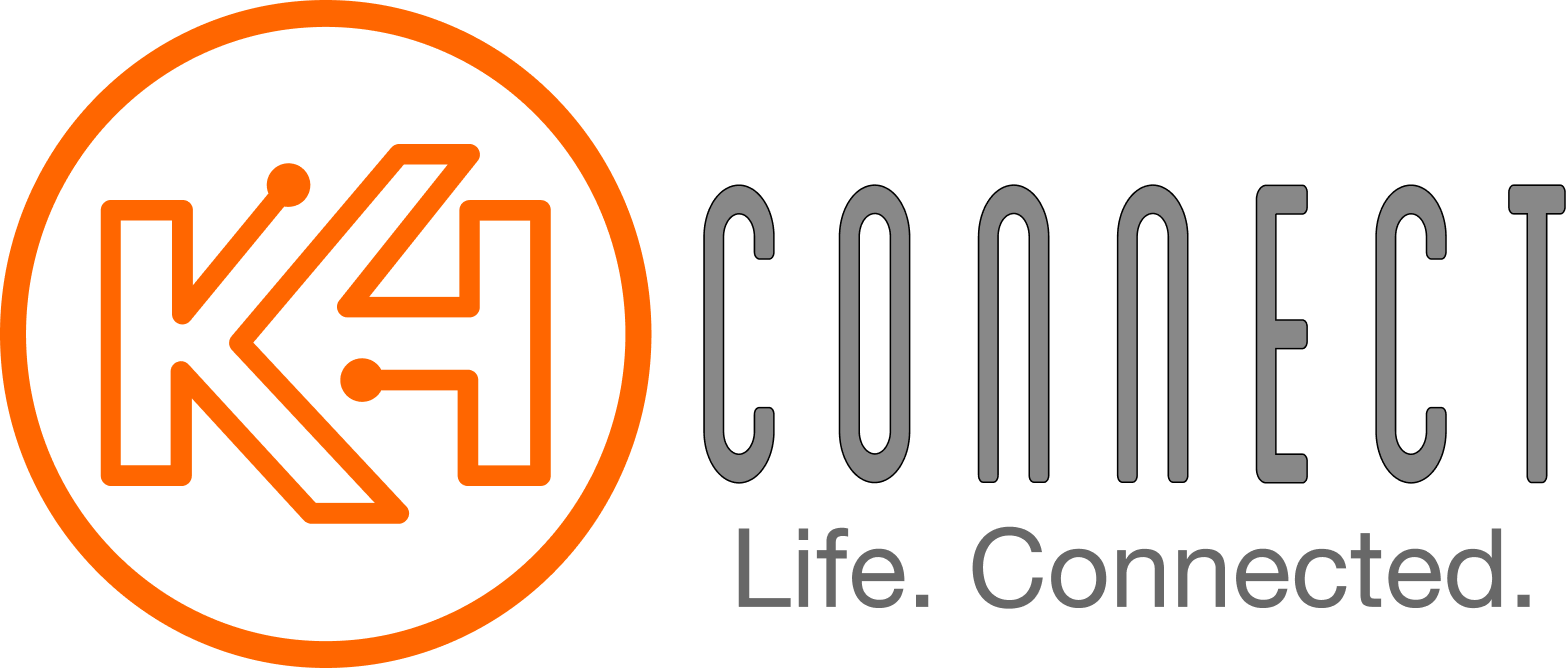
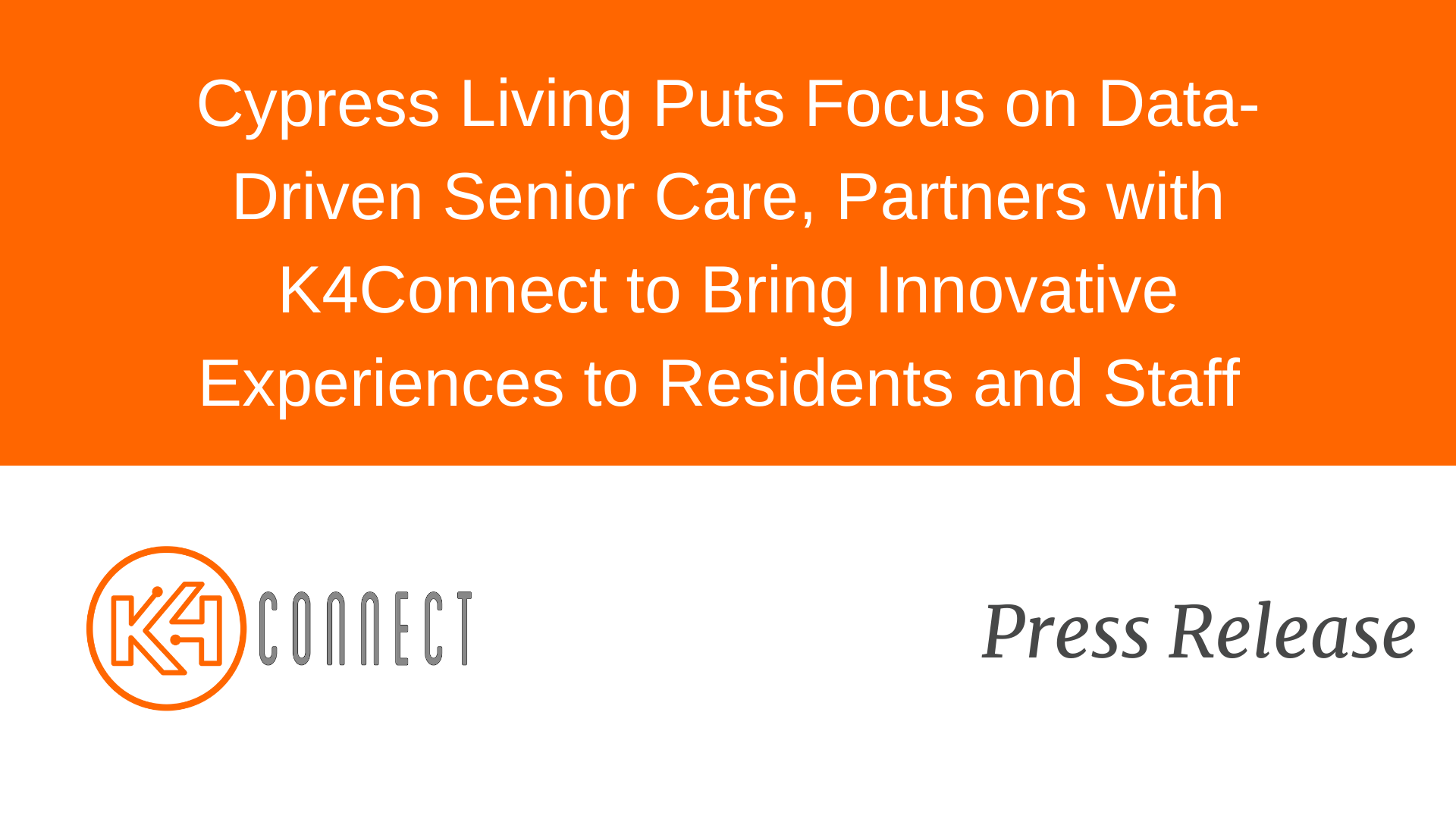
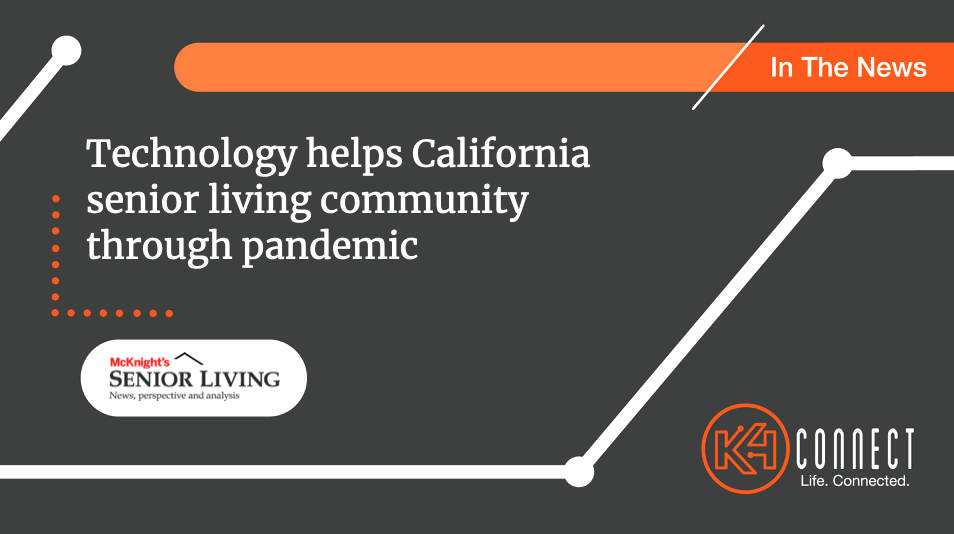
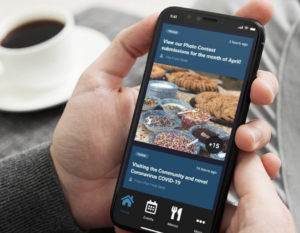 Those efforts are paying off. Over the past six months — after implementing the K4Community Plus app — the senior living community reports that daily app users grew by more than 50%, there was a 190% increase in the total number of voice commands given through K4Community Voice powered by Amazon Alexa, and there was a 200% increase in the number of smart lighting commands used. A majority of residents (77%) viewed community photos, 65% viewed community shared videos and 84% used smart lighting controls.
Those efforts are paying off. Over the past six months — after implementing the K4Community Plus app — the senior living community reports that daily app users grew by more than 50%, there was a 190% increase in the total number of voice commands given through K4Community Voice powered by Amazon Alexa, and there was a 200% increase in the number of smart lighting commands used. A majority of residents (77%) viewed community photos, 65% viewed community shared videos and 84% used smart lighting controls.